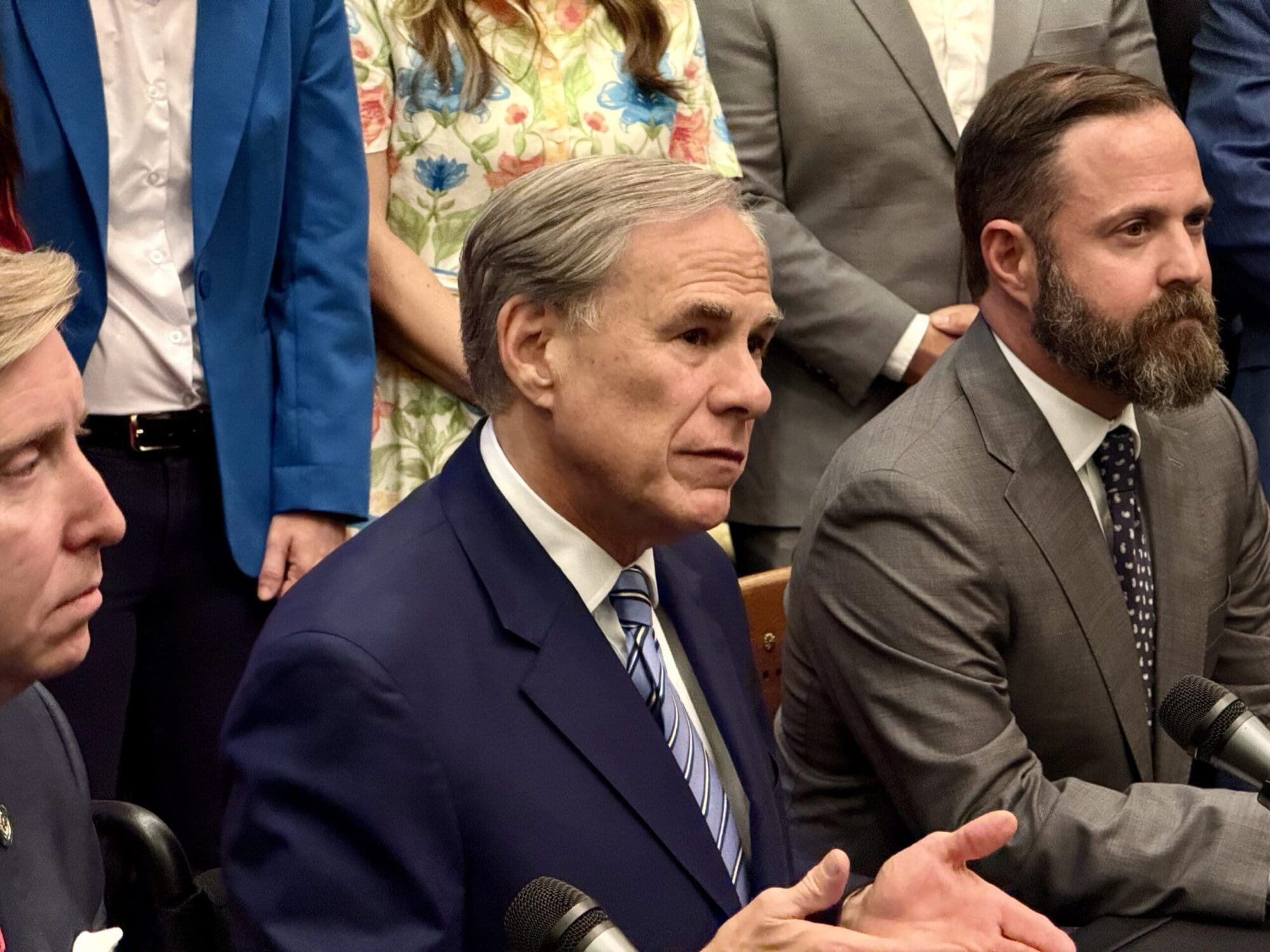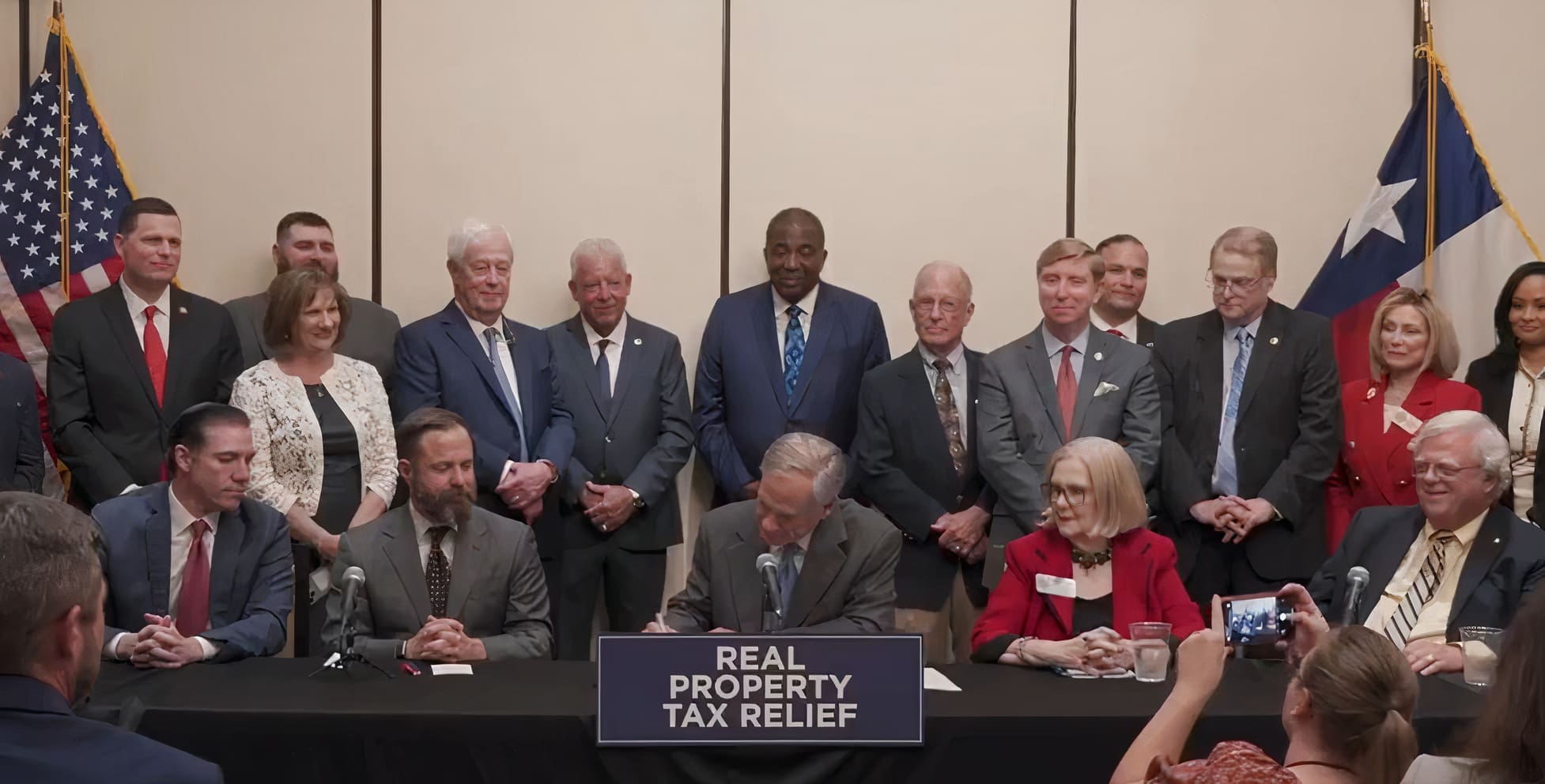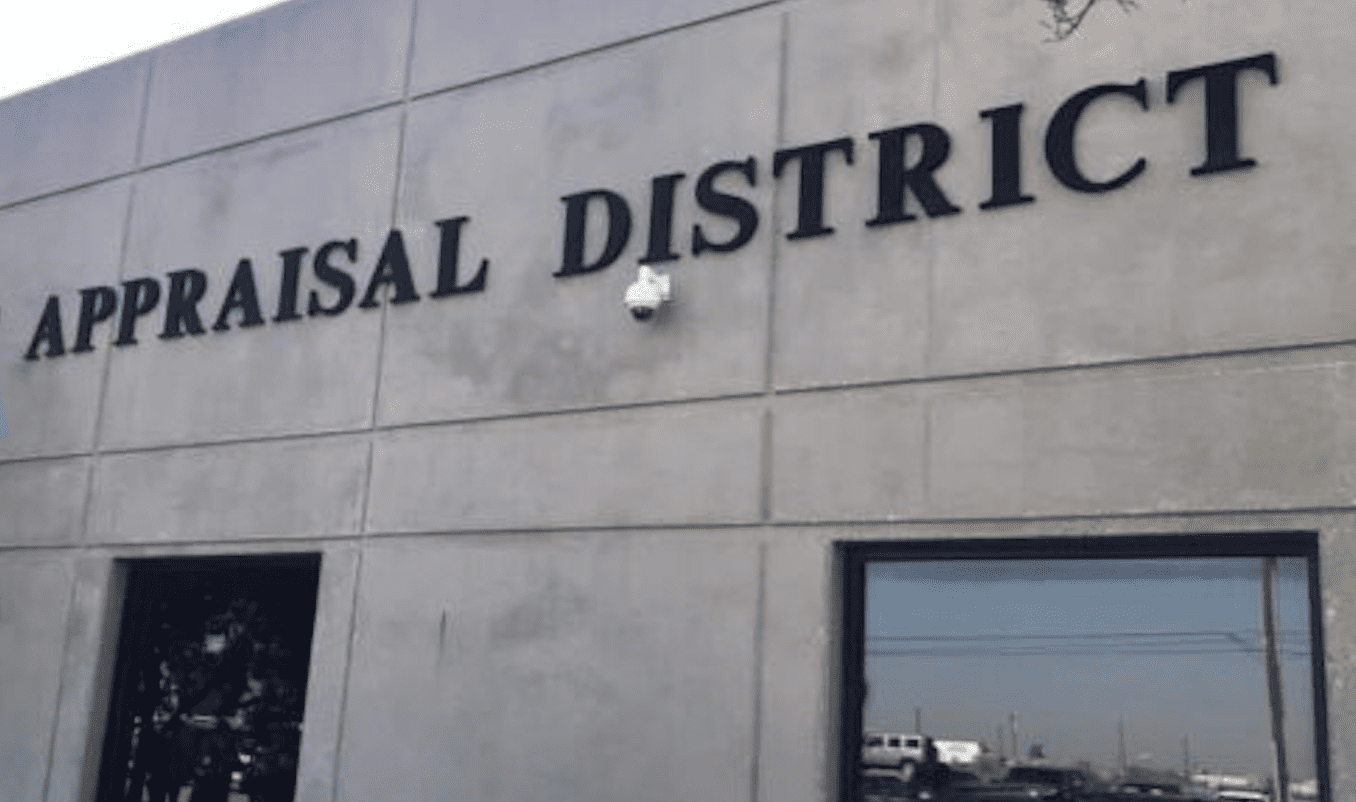While much of the focus this week in the Texas Capitol was on the pageantry of the inauguration, both chambers of the Texas legislature have taken the first steps towards crafting the state budget for the next biennium — a process that will continue long into the legislative session.
A balanced budget is the only bill the legislature is required to pass but it is often the most contentious, as both chambers settle on differing opinions about where to spend the state’s revenue for the next two years.
Though the documents themselves are understandably lengthy and tedious, the top lines of each chamber’s version send a message about where lawmakers’ priorities are.
From a general perspective, both budgets increase spending. In terms of total spending, the version proposed in the House spends $247 billion, while the version filed in the Senate spends $243 billion.
A sizable portion of that spending, however, stems from federal Hurricane Harvey relief dollars flowing through the state.
In terms of state funds, the House proposal spends $160.16 billion while the Senate proposal spends $155.8 billion. Those figures represent an increase of 10.6 percent and 7.6 percent, respectively.
Meanwhile the Conservative Texas Budget Coalition (of which Texans for Fiscal Responsibility is a part) has asked lawmakers to only allow the budget to grow at the rate of population and inflation, a metric that would allow for roughly $156.5 billion in state spending.
Under that metric, the House budget is on track to exceed that limitation while the Senate budget falls underneath by about $700 million.
House Speaker Dennis Bonnen and State Sen. Jane Nelson (R–Flower Mound), the author of the Senate budget and presumptive chair of the Senate Finance Committee, did not respond to requests for comment on whether they felt it was important to stay within the Conservative Texas Budget’s parameters, as the budget agreed upon by both chambers during the last two sessions did.
Both versions of the budget include increased state spending in education, not a completely unexpected move given the heavy focus on school finance reform by both Speaker Bonnen and Lt. Gov. Dan Patrick. In his inaugural speech, Gov. Greg Abbott declared, “The state will invest more in public education.”
Where the two chambers differ is on the issues of amount and tactic.
The Texas Senate has allocated $6.1 billion towards additional education spending, including $2.4 billion for enrollment increases and $3.7 billion to offer an across-the-board pay raise of $5,000 to Texas teachers. Legislation to provide the pay increase was filed by Nelson earlier this week.
Meanwhile the Senate budget provides only $2.3 billion for property tax relief.
The House, in contrast, has allocated $9 billion in its preliminary budget towards public education and property tax relief, but funding is contingent on the passage of other legislation and the draft is unspecific so far in how that money will be distributed.
With little specifics in this early stage of the legislative process, the question at the front of Texas taxpayers’ minds is this: Given the amount set aside for additional school funding and property tax relief, how much relief will property owners actually realize when they receive their tax bill in the mail?
Or perhaps more pointedly: Will school districts be forced to cut property taxes as a condition of receiving more funding from the state?
What’s important to remember is that this is only the opening gambit. There is a long road before a finalized budget will reach the governor’s desk. Many committee meetings must be held, bills must pass both chambers, and the differences between the two versions must be hammered out in conference committee.
To stay up to date on the latest on the Texas budget and other issues, text TXLEGE to 52886.





